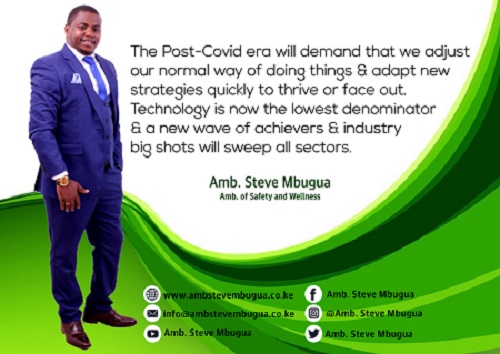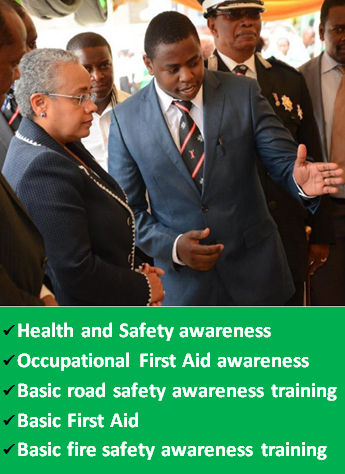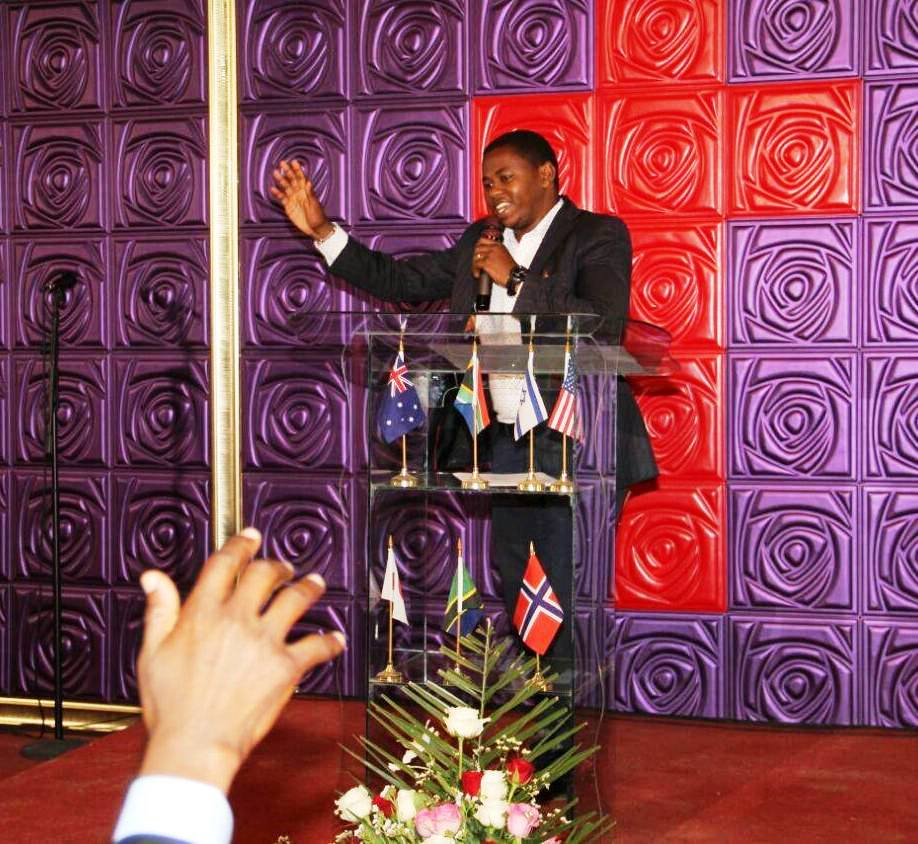The rise of large church cathedrals and congregations represents a significant shift in the landscape of modern Christianity. Over the past few decades, there has been a notable increase in the size and grandeur of church buildings and the congregations they serve. This phenomenon is not just a trend but reflects a deeper transformation in how communities worship, gather, and grow. From sprawling megachurches to imposing cathedrals, these large worship spaces have become symbols of faith, community, and influence. This article explores the reasons behind this rise, the benefits and disadvantages of large congregations, and key considerations for building such monumental structures.
Benefits of Large Congregations
Increased Outreach and Impact: Large congregations have the capacity to reach a wider audience, both locally and globally, through various media and outreach programs.
Resource Availability: Bigger congregations often have greater financial resources, enabling them to fund extensive community and social programs.
Diverse Ministries: A large congregation can support a range of ministries and programs, from youth groups to senior care, enhancing its ability to serve various community needs.
Economic Influence: Large churches can have a significant economic impact on their communities, creating jobs and supporting local businesses.
Enhanced Worship Experience: Large congregations often invest in high-quality facilities, technology, and music, providing an enhanced worship experience.
Expanded Educational Opportunities: Big churches frequently offer extensive educational programs, including Bible studies, theological training, and seminars.
Strong Community Building: With various small groups and ministries, large churches can foster a strong sense of community and belonging among members.
Increased Visibility: A prominent church can attract attention and draw people from different areas, increasing its influence and reach.
Capacity for Major Events: Large congregations have the space and resources to host significant events, such as conferences, concerts, and community outreach activities.
Greater Volunteer Opportunities: The scale of operations often requires a larger pool of volunteers, providing ample opportunities for members to get involved.
Improved Facilities: Large churches often have the financial capability to invest in state-of-the-art facilities, including children’s areas, cafeterias, and recreational spaces.
Enhanced Security: With more resources, large churches can invest in advanced security measures to protect their members and facilities.
Cultural Influence: Large congregations can have a substantial impact on culture and society, influencing public discourse and community values.
Potential for Growth: Large congregations often experience continued growth, both in terms of membership and geographical reach.
Diverse Leadership: A large church can support a variety of leadership roles, providing opportunities for different gifts and talents to flourish.
Disadvantages of Large Congregations
Impersonal Feelings: The sheer size can make it difficult for members to feel personally connected, leading to a sense of anonymity.
Complex Administration: Managing a large congregation involves complex administrative tasks, which can be challenging and require specialized staff.
Potential for Divisions: The larger the congregation, the greater the potential for internal disagreements and divisions.
Resource Allocation: Ensuring that resources are fairly distributed among various ministries and needs can be a significant challenge.
Overwhelming Growth: Rapid growth can lead to logistical issues, such as inadequate parking, overcrowded services, and strained facilities.
Increased Financial Pressure: Maintaining and expanding large facilities can place a significant financial burden on the congregation.
Risk of Complacency: Large congregations might struggle with maintaining spiritual vitality and personal engagement among members.
Reduced Individual Attention: Pastoral care and attention may be spread thin, potentially leading to less personalized support for members.
Difficulty in Conflict Resolution: Managing disputes and conflicts can be more challenging in a larger, more diverse congregation.
Dilution of Vision: A large congregation may experience challenges in maintaining a unified vision and mission.
Safety Concerns: Large gatherings can present safety and security risks, requiring extensive planning and resources.
Challenges in Assimilation: New members may find it difficult to integrate into the church community amidst the large crowd.
Cultural and Generational Gaps: Addressing the needs of a diverse and multi-generational congregation can be challenging.
Increased Competition: Large churches may face competition from other growing congregations, potentially affecting membership retention.
Maintenance Costs: The upkeep of extensive facilities can be costly and require significant ongoing investment.
Factors to Consider When Putting Up a Large Church Cathedral
Location: Choosing a strategic location that is accessible and conducive to growth.
Design and Architecture: Ensuring the design reflects the church’s mission, accommodates the congregation, and integrates aesthetic considerations.
Budget: Developing a comprehensive budget that includes construction, maintenance, and operational costs.
Capacity Planning: Designing for current needs while allowing for future growth and expansion.
Accessibility: Ensuring that the facility is accessible to people with disabilities and offers ample parking.
Technology Integration: Incorporating modern technology for worship, communication, and administrative functions.
Environmental Considerations: Designing the building to be energy-efficient and environmentally friendly.
Community Impact: Assessing how the church will interact with and benefit the surrounding community.
Security Measures: Implementing effective security systems to ensure the safety of the congregation.
Legal and Zoning Regulations: Navigating local zoning laws and building codes to ensure compliance.
Sustainability: Planning for long-term financial sustainability and operational efficiency.
Ministry Needs: Ensuring that the design supports various ministry activities and programs.
Maintenance Planning: Developing a plan for ongoing maintenance and facility management.
Cultural Sensitivity: Designing a space that reflects the cultural and demographic diversity of the congregation.
Funding Sources: Identifying and securing funding sources for construction and future operations.
Staff Requirements: Planning for staffing needs, including administrative, pastoral, and support roles.
Community Involvement: Engaging the congregation and local community in the planning process.
Event Hosting: Designing spaces that can accommodate large events and special services.
Aesthetic Considerations: Balancing functionality with visual appeal to create an inspiring environment.
Future Growth: Designing with flexibility to adapt to changing needs and future expansions.
Conclusion
The rise of large church cathedrals and congregations reflects a dynamic shift in the Christian faith landscape. While these grand structures and sizable gatherings offer numerous benefits, including enhanced outreach and resource availability, they also come with challenges such as maintaining personal connections and managing complex administration. By carefully considering the factors involved in establishing such monumental spaces, churches can effectively balance growth with sustainability. For more insights and expert advice on church growth and development, visit www.ambstevembugua.co.ke, where Ambassador Steve Mbugua provides valuable resources and guidance to support your congregation’s journey.
READ MORE
Church Growth Strategies
Church Ushering Training Manual
Church Safety and Security You Tube Video



















